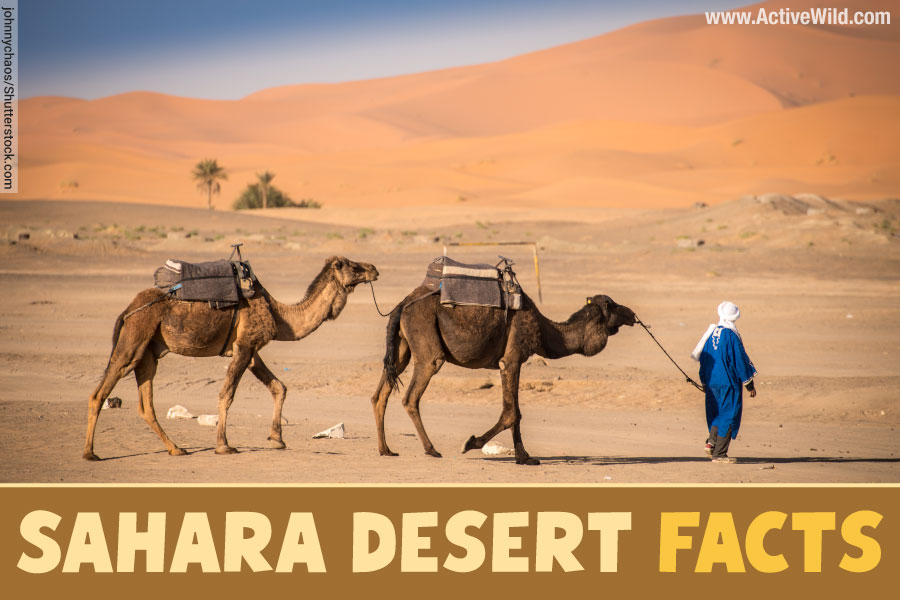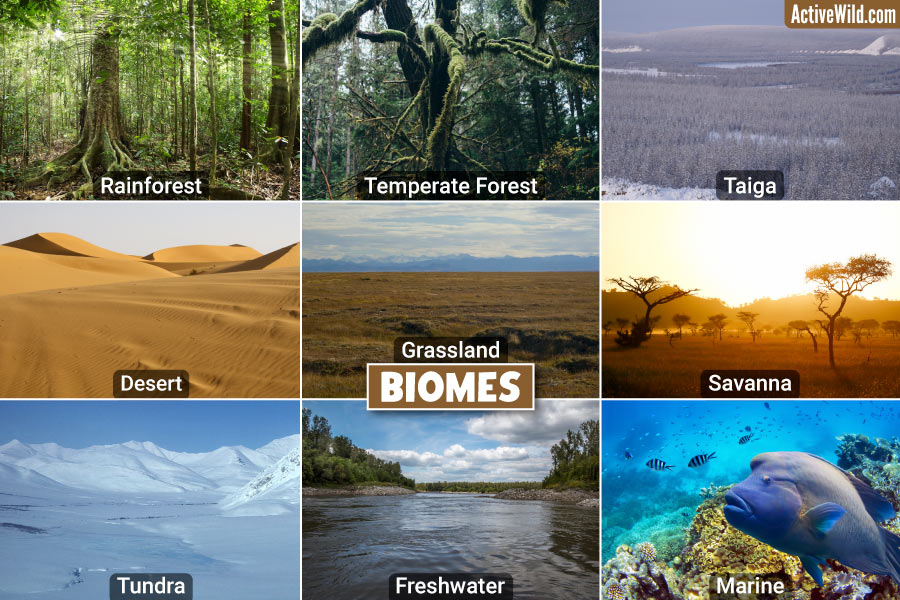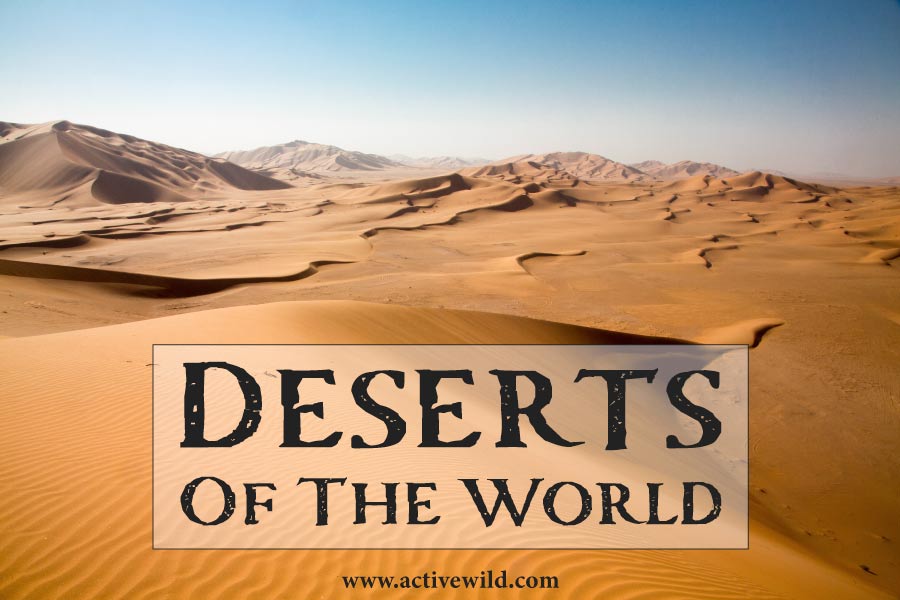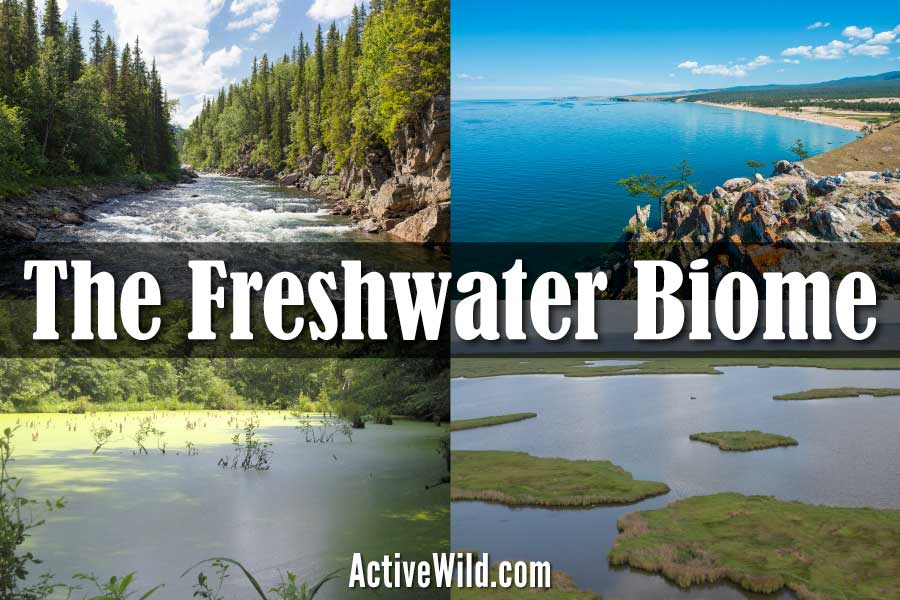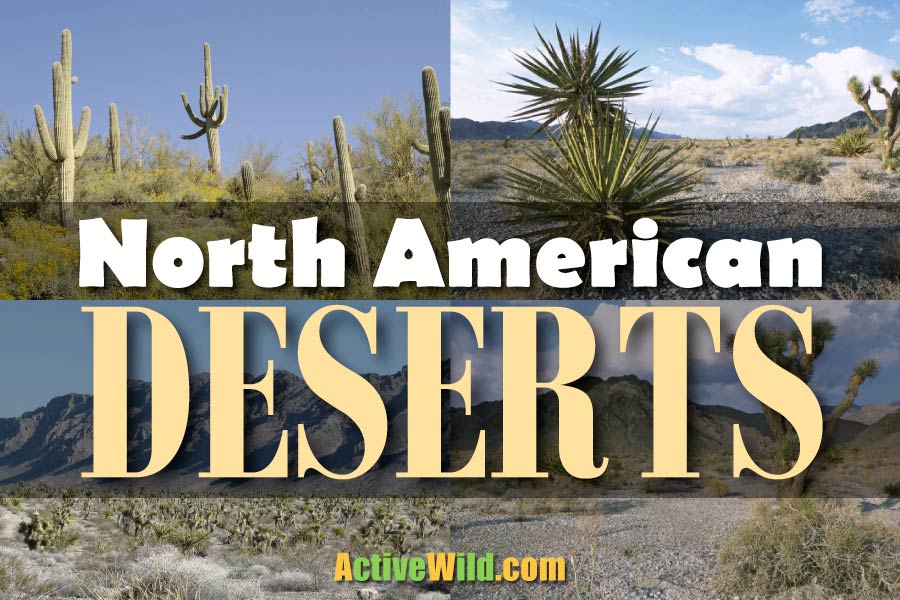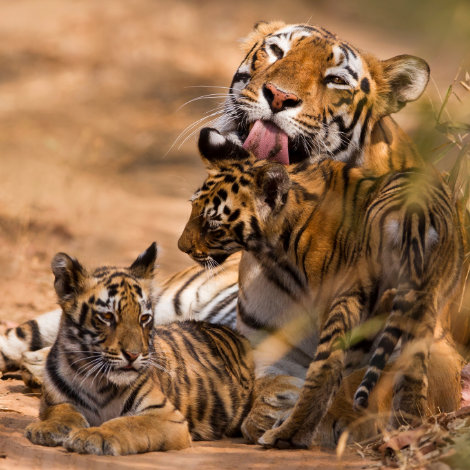From the towering sequoias of California to the rugged coastlines of Maine; the Artic wilderness of Alaska to the tropical wetlands of the Florida Everglades, the United States’ sixty-three national parks encompass the country's most iconic landscapes.
On this page is a list of U.S. national parks by state. Use the information in this article to discover more about these remarkable public spaces, or to plan your next trip to see them for yourself.




